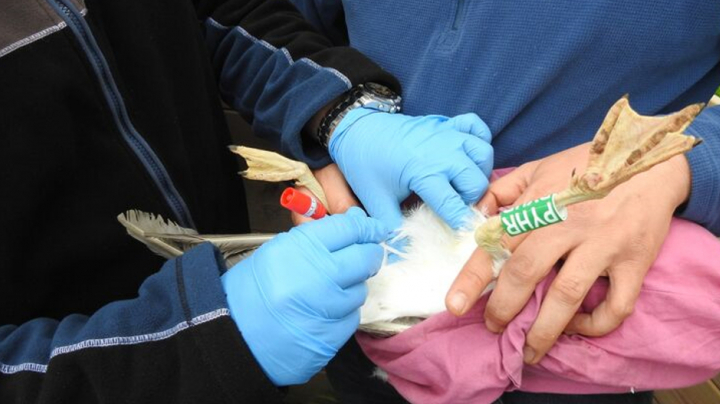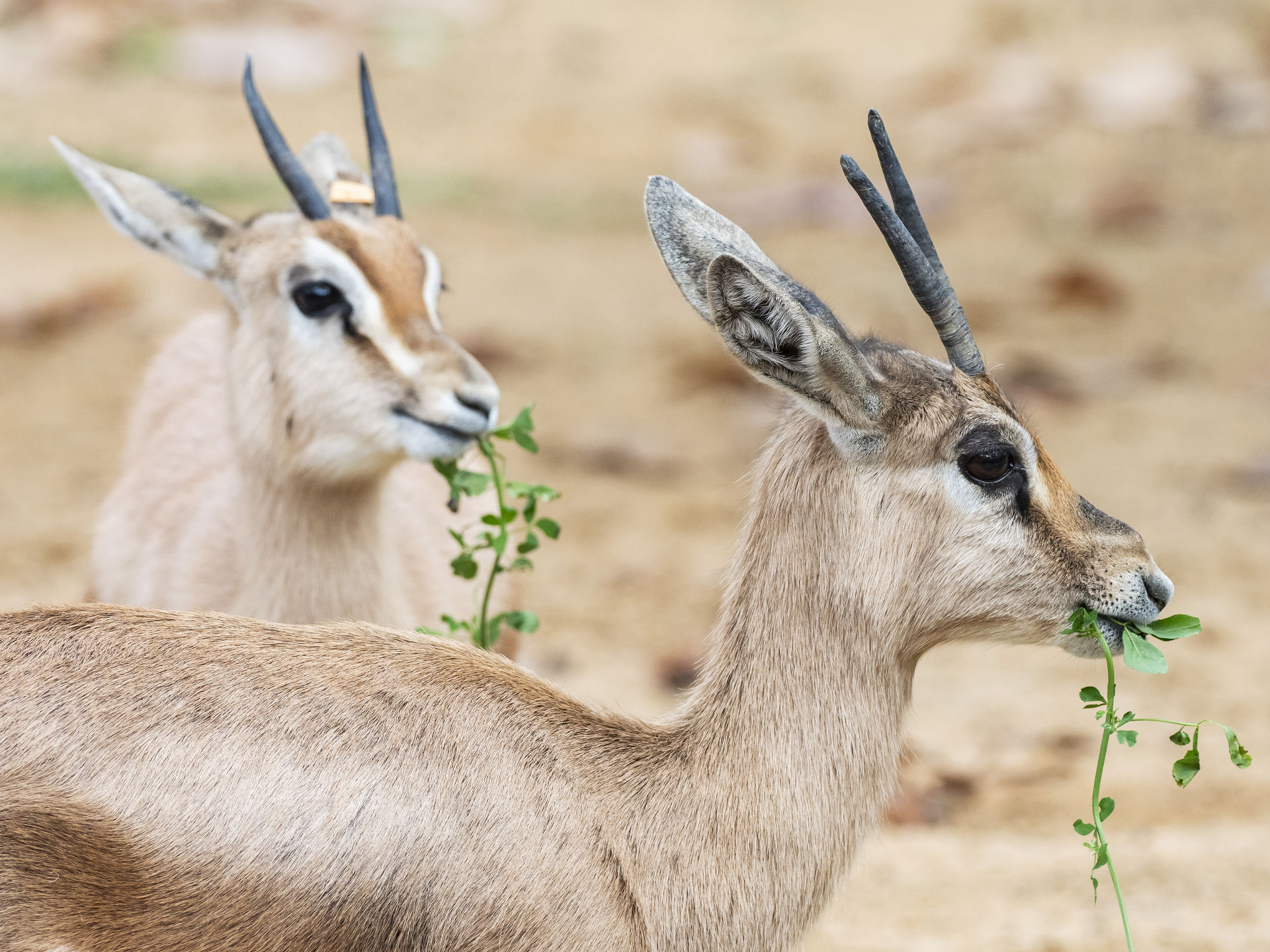
Main project objectives
1) Describe the spatial movements of the yellow-legged gull, both within urban areas and outside, and to try to compare the observed behaviour according to age (juveniles,
sub-adults and adults) and gender.
2) Describe the spread of pathogens, taking into account the gulls’
state of health and movements.
3) And additionally, relate the physical condition of the birds to the places they eat
(urban environment, rubbish dumps, fishing ports, etc.), their state of health and the type of resources exploited.
Methodology
In order to determine the gulls’ movements, the information obtained about 90 individuals (30 adults, 30 sub-adults and 30 juveniles, all of which will be sexed molecularly) equipped with high-precision GPS will be combined with information obtained from distance ring readings (480 individuals ringed up to 2018). The individuals will mainly be captured using the fixed capture trap in Barcelona Zoo (run as part of an agreement between Barcelona Zoo and the ICO [Catalan Ornithological Institute]) while 10 reproductive specimens in nests around Barcelona city will also be used. All the captured individuals will be ringed with field-readable rings (those that are not recaptured specimens), and samples will be taken for microbiological analysis in order to establish their state of health. The indicators to be used include some of the most important in public health and animal health: Campylobacter spp, Salmonella spp, Chlamydophila spp, Escherichia coli resistant to beta-lactam acids and the Western Nile Virus (WNV). As a complement to GPS monitoring, weekly transects at various gull aggregation points in Barcelona city and its surrounding area will be carried out (at least 1 day a week). Furthermore, a digital camera will be placed in the capture trap, for camera-trap photography, in order to get readings of individuals that visit at non-capturing times.



